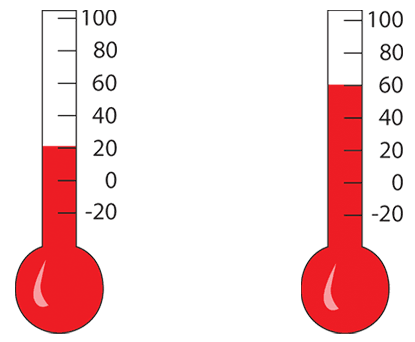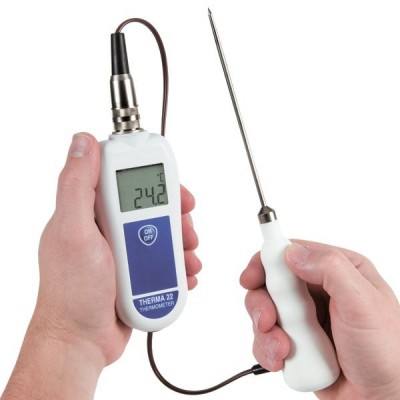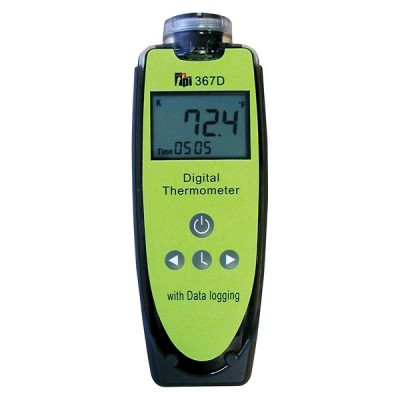Difference Between Thermocouple and Thermistor

There are a number of devices used to measure temperature in different scenarios. Thermocouples and thermistors are two of the most commonly used devices and they are often mixed up of being the same. However, thermocouple and thermistor work on entirely different principles and have a number of differences between them. The use of either of the two devices depends upon the range of temperature you need to measure and the accuracy you need, as both of these tools have a different range of measuring and accuracy.
A thermocouple actually works on voltage. It consists of two dissimilar conductors and when exposed to heat, these conductors produce voltage depending on the intensity of heat being provided to the thermocouple. The voltage is produced because of the difference between the temperatures of the junction of the other parts of the circuit.
Thermistor is actually a type of resistor, whose resistance varies significantly with the change in the temperature. It is this property of thermistor which makes it most suitable for using as inrush current limiter, self-resetting overcurrent protector, temperature sensor and self-regulating heating elements.
Instructions
-
1
Thermocouple
A typical thermocouple consists of two wires of equal length and of different metals, like iron and copper. These metal wires are then electrically connected to each other at one end, while the other end remains open. Now if the level of heat is same at the open ends of the two wires and the thermocouple experiences a change in temperature on the joint end, a voltage is generated between the two open ends of the wires. A thermocouple is an electric device which uses its electrical circuit to determine the voltage produced by the difference in temperatures. This precise is highly accurate in measuring temperatures but responds slowly to the intensity of heat.
Image Courtesy: thermometer.co.uk
-
2
Thermistor
This resistor is made up of semi-conducting material and is wired into a circuit. Manganese oxides and nickel oxides are the major ingredients of a thermistor. The electrical resistance of these semi-conductors vary when a change of temperature is experienced. You will further need a table of values which lists temperature changes versus resistance and hence, you can determine the actual temperature. However, thermistors are more expensive as compared to the price of thermocouples, since, you need an external power source to keep the thermistor functional. It acts faster than thermocouples which make them suitable in certain cases.
Image Courtesy: coleparmer.com







